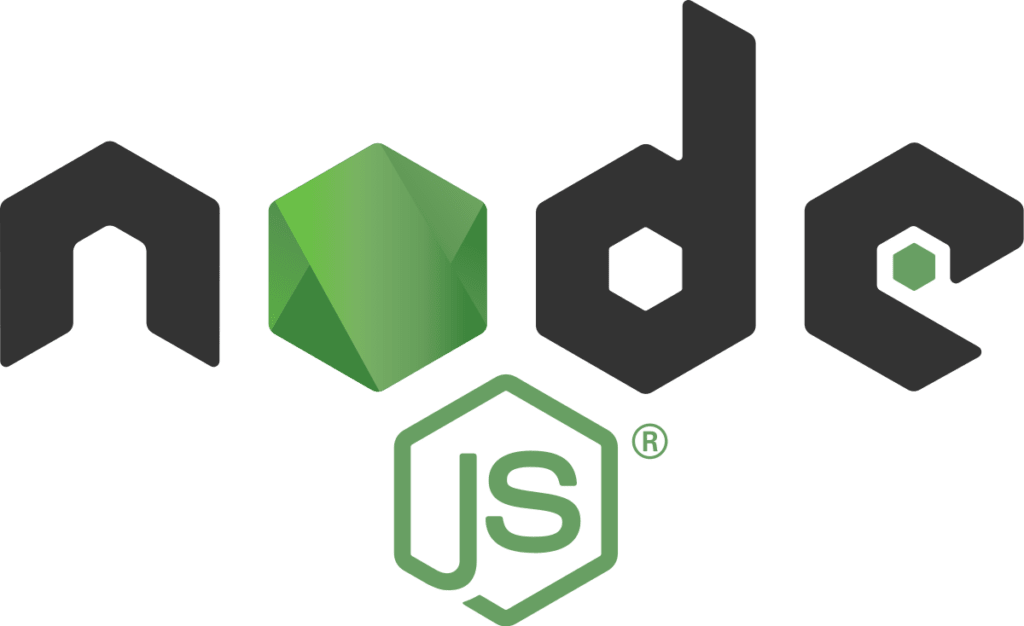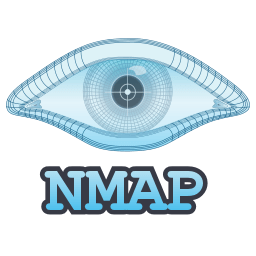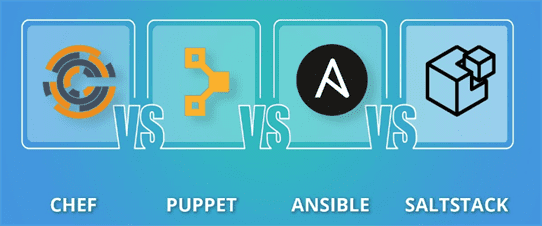Tag: Open Source
How to Install OBS on Linux, Windows and MacOS
What is OBS?

OBS (Open Broadcaster Software) is a free and open-source video recording and livestreaming software program that is written in C, C ++, and Qt and developed by the OBS project and a community of independent developers. It is mainly used for streaming and recording videos. It supports a wide range of plugins to extend the functionality of the program.
How to Install Node.js via NVM on Ubuntu 22.04
What is Node.js?

Node.js is an open-source javascript runtime environment. It is memory efficient and is intentionally asynchronous. It is deployable on multiple platforms, including Windows, Mac OS X, and Linux, and is suited for rapid development. It’s event-driven architecture make it highly scalable and useful for intensive data-driven applications.
JS frameworks: React, Angular, or Vue?
Introduction
In this tutorial, we will discuss three of the most popular javascript frameworks: React, Angular, and Vue. We will look at the pros and cons of each, their usage statistics, discussions about which one to choose, and which one should be studied for future use. Because programming languages and frameworks are all tools in a developers tool belt, and each has its place. It is worth learning tools you find meaningful, useful to accomplish a task that’s not only convenient, but is suitable for specific tasks. Again, we should remind ourselves that because these changes occur rapidly, after a year and a half a year, the situation can radically change.
What is Jitsi?
Jitsi is a set of open-source projects that allow you to create a secure video conferencing system for your team. It has features such as superior sound quality, excellent encryption and privacy, multi-platform and much more. The Jitsi client can work both in the application and in the web browser. You can broadcast your desktop as well as individual windows, and invite users using URL-link. We will be installing Jitsi on Ubuntu 18.04 server. We will install additional components such as Java's OpenJdk, Nginx to correctly install, configure and use it. Let's talk a bit about the components.
Using Nmap: Pro Tips and Tricks
Introduction

In this article, we will review the Nmap software program and multiple commands. Nmap is an open-source mainstream tool used by network administrators to scan ports and map networks. Nmap commands are primarily used to identify which ports certain software is running on our system. It is also used to discover available hosts and what services they are offering and detecting potential security risks. Using Nmap, you can check a single host or a complete network. In this tutorial, we will cover several basic as well as advanced Nmap commands in the “Pro Tips and Tricks” section of the article.
How To Install Grafana on CentOS 8
What is Grafana?
This article is a step-by-step guide on how to install Grafana software on CentOS 8 server. Grafana is a popular open-source visualization and analytics monitoring software. It renders graphs, charts, and alerts when connected to supported data sources. It is commonly used with time series databases like Prometheus, SQL databases like MySQL logging, and document databases like Loki, etc. You can additionally install hundreds of plugins and dashboards from the official library.
How to Install and Configure Samba on Ubuntu 18
What is Samba?
Samba is an open-source software package that is released under a GPL (General Public License). It allows us to access a shared network drive and printers across various operating systems using the SMB/CIFS protocol. Samba has both client and server components. Samba uses the SMB protocol, which is necessary when accessing assets on a file server from a Microsoft computer. Samba can also work as a domain controller that is compatible with Microsoft Active Directory.
How to Install SaltStack on Ubuntu 20.04
What is SaltStack?
SaltStack is an open-source infrastructure management platform built on a dynamic communications bus. The main structure of SaltStack contains two main components for work: one Salt Master and several Salt Minions. Salt Master is the main control system used to send commands to Salt Minion and their configuration. Salt Minions (they are also called Nodes) are subsystems that work on managed servers and receive commands from the master, as well as their configuration. At least two servers are required for interaction settings. One for the Master and one for the node. All nodes are configured in the same way.
Which one is appropriate for you?

Table of Contents
I. Puppet
II. SaltStack
III. Chef
IV. Ansible
IV. Conclusion
Introduction
Configuring a single server with the required software is a reasonably simple task. However, if numerous servers need to have the same or similar software and configurations installed on them, the process would use numerous man-hours to complete, which would deplete your already strained resources. Without some form of automation, this task can become nearly insurmountable. With this task in mind, new configuration management tools were developed to address the need to deploy new servers with premade configurations and updates, that allowed for a smoother and more manageable automation process. To keep these servers syncing and to manage updates across a broad swath of hosts in a data center or cloud environment, automation tools like Puppet, SaltStack, Chef, and Ansible meet this need.
How to Install Istio
What Is Istio?
Istio is an open-source service mesh that makes it easier for a team to create a network or server cluster of deployed services. Istio provides several vital services consistently across a mesh network such as:
Our Sales and Support teams are available 24 hours by phone or e-mail to assist.

